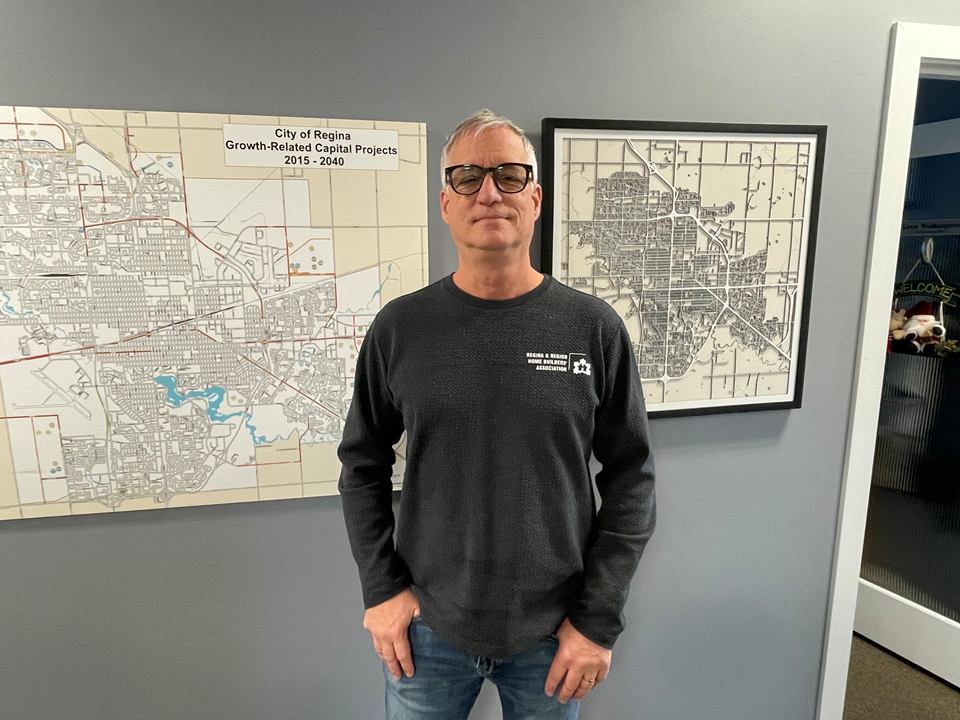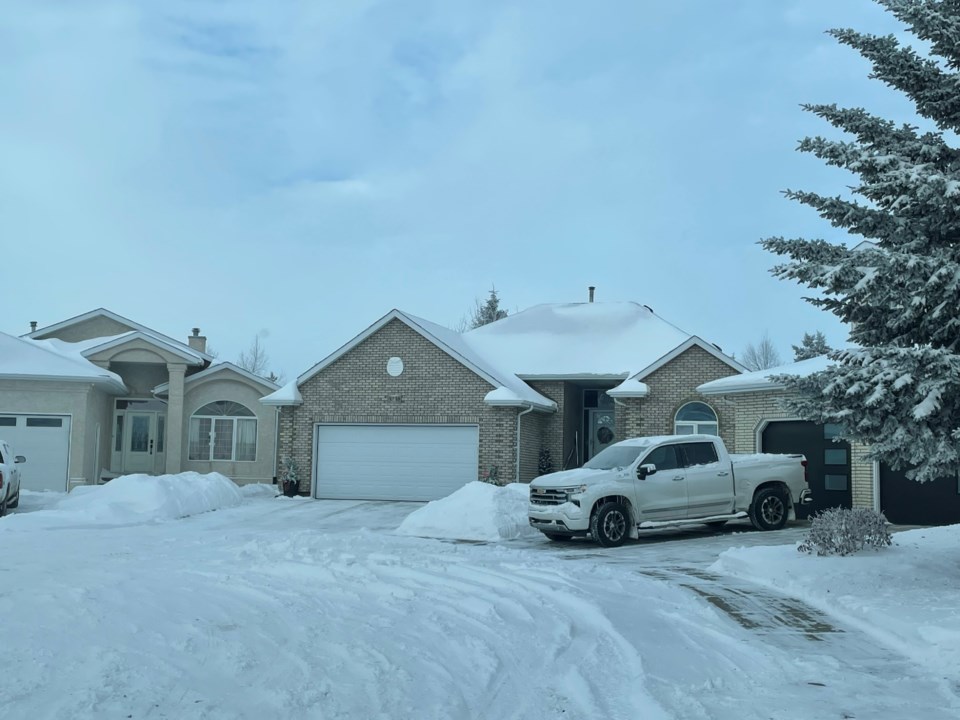REGINA - The population of Regina could surpass 300,000 in the next 10 to 15 years, according to the Regina & Region Home Builders' Association.
With a sudden rise in population, Regina will need to build new homes. The problem is that most of the city's new neighbourhoods will reach their capacity in a few years.
Stu Niebergall, CEO of the Regina and Region Home Builders' Association, talked about the concerns with new neighbourhoods close to being fully developed.

"Many of our newest neighbourhoods are getting close to being built out. And with no new neighbourhoods getting started at this particular moment, we do see within a couple of years actually a real significant lack of service lots to accommodate [people] which will be badly needed [for] housing."
Some of those neighbourhoods include Harbour Landing and Eastbrook. Niebergall predicts by 2025 to 2026, the city will be built out, meaning those neighbourhoods cannot build any new homes on permitted land.
Regina currently has no plans for greenfield development and investment in new neighbourhoods. Niebergall pointed out that even if the city decided to plan out a housing development site next year, the homes wouldn't be built overnight.
He added it could take "three years from the start if everything goes well until you'll see those first houses on a lot. So, the risk is, is that you know, here in Regina that you could run into a year to two years without any new serviced lots in new neighbourhoods."
Niebergall said the only neighbourhood in Regina that could still develop new housing is Westerra, which is in a development phase.
Even with the potential of Westerra adding new homes, Niebergall mentioned Regina has not hit the mark of its housing needs in years. Currently, the city is averaging around 1,000 new units a year.
Back in February, the City of Regina and the federal government reached an agreement to fast-track around 1,000 homes over the next three years.
Despite those numbers, Niebergall feels around 1,000 new housing units yearly is not enough to keep up with a growing population. He said if Regina built between 1,000 to 1,700 units a year, the city would have a healthy housing market.
He pointed out how Regina has a competitive advantage in its housing market due to its affordability.
According to Niebergall, Regina is the second most affordable place in Canada to build a new home, with St. John’s, Newfoundland, ranking first.
While most homes are typically built via greenfield development, there is also the option of using existing land or lots to build new housing units, known as infill development.
However, Niebergall said there are risks to developing housing on land that’s currently in use. "Lots of times [there is] infrastructure that isn't ready to take on those developments. So it needs upgrades to that infrastructure, which can again be disruptive and has its own costs."
The costs of an infill development can add up and be more expensive than building a new property on unused land. A developer has to "put a construction fence around the site. You know, excavators may charge more money to excavate that basement [of an old home or property] because of the more difficulties to develop that site. We [the Regina & Region Home Builders' Association] did a report back in 2021 that compared the cost of infill housing versus greenfield housing versus, you know, build in a bedroom community. So we [the Regina & Region Home Builders' Association] looked at the exact same unit [which] was [a] 1,300 square feet [unit], and compared those prices. And it was about $60,000 more to build the exact same unit in an infill environment than it would be in a greenfield environment," said Niebergall.
There is also an incentive for Regina to develop more unused land for housing because of the money they acquire from taxes and development charges.
One of those charges is known as 'Growth pays for growth.' The term implies buyers of a new home will pay for the expansion of services, like waste management or roads, rather than increase the property tax of existing homeowners.
Niebergall feels it makes more sense to use 'House-enabling infrastructure.' The term refers to infrastructure that increases a community so the area can build more homes. A homeowner would then pay for the infrastructure over time with its use.
In terms of affordability for housing, the provincial government introduced a Provincial Sales Tax (PST) rebate for new home construction years ago, where homeowners would get up to a 42 per cent rebate from the PST cost of the new home.
The program is set to end in March 2026, and Niebergall hopes there can be a discussion with the provincial government about making this more of a permanent solution.
Additionally, Federal Conservative Party Leader Pierre Poilievre also pledged to cut GST on new homes sold under $1 million if elected.
A potential cut to the GST on certain homes for buyers in an affordable area like Regina will drive up the population and need for new housing across the province in general.
Over the next decade, Regina and Region Home Builders' Association and their partners estimated that 60,000 to 90,000 new homes need to be built across the province.
"We need housing development happening in our city if we're going to accommodate a growing population. It's just that simple," said Niebergall.




